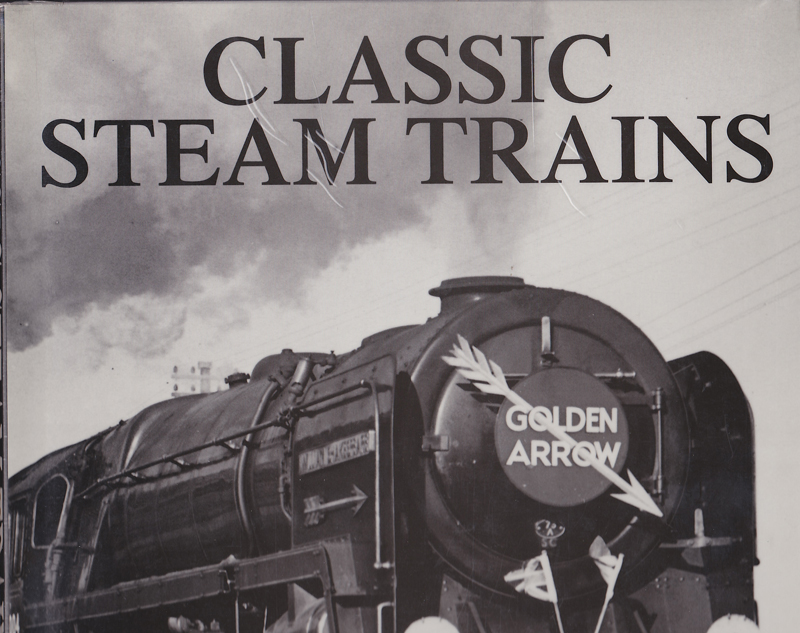Classic Steam Trains
Catalogusnummer
CLASSIC STEAM TRAINS
NILS HUXTABLE
The steam locomotive is an important part of our industrial heritage. By the end of the nineteenth century railroads were the principal means of communication and land transportation worldwide, and they became synonymous with progress and economic development.
Nostalgically, the steam locomotive is often viewed as a marriage of art and technology, and surely, no other machine has been the subject of or featured in so much literature, nor so many songs, paintings, films and photographs.
In many respects, modern steam technology never had a chance to prove itself against the diesel, which by 1960 had ousted steam traction from the main lines of the US and Canada. Thè ‘Big Boy’ built in 1942 was hardly different - in principle from Stephenson’s ‘Rocket’ of 1825. But we tend to place greater value on things as they become scarce, and so it is with steam. Today, thousands line the tracks to see a locomotive like the Daylight 4-8-4 No 4449, which three decades ago was but one of many.
To see the steam locomotive appreciated - even revered - as an objet d'art, one should come home again, or a little closer to home, for the appeal of steam is best understood in those parts of the industrialized world where it was first developed and where it has recently been retired from everyday employment. In Britain, North America, Western Europe, Australasia and japan preservation has flourished, and the most realistic steam specimens are those tliat live.
The photographs in this album from Magna Books were taken over the last two decades-of the steam locomotive, both in its ‘special’ role as ar working museum exhibit and as a workhorse in regular service. Some chapters are. devoted to preserved steam locomotives exclusively; others show them in their final - and not necessarily finest - hours, neglected and rundown.

